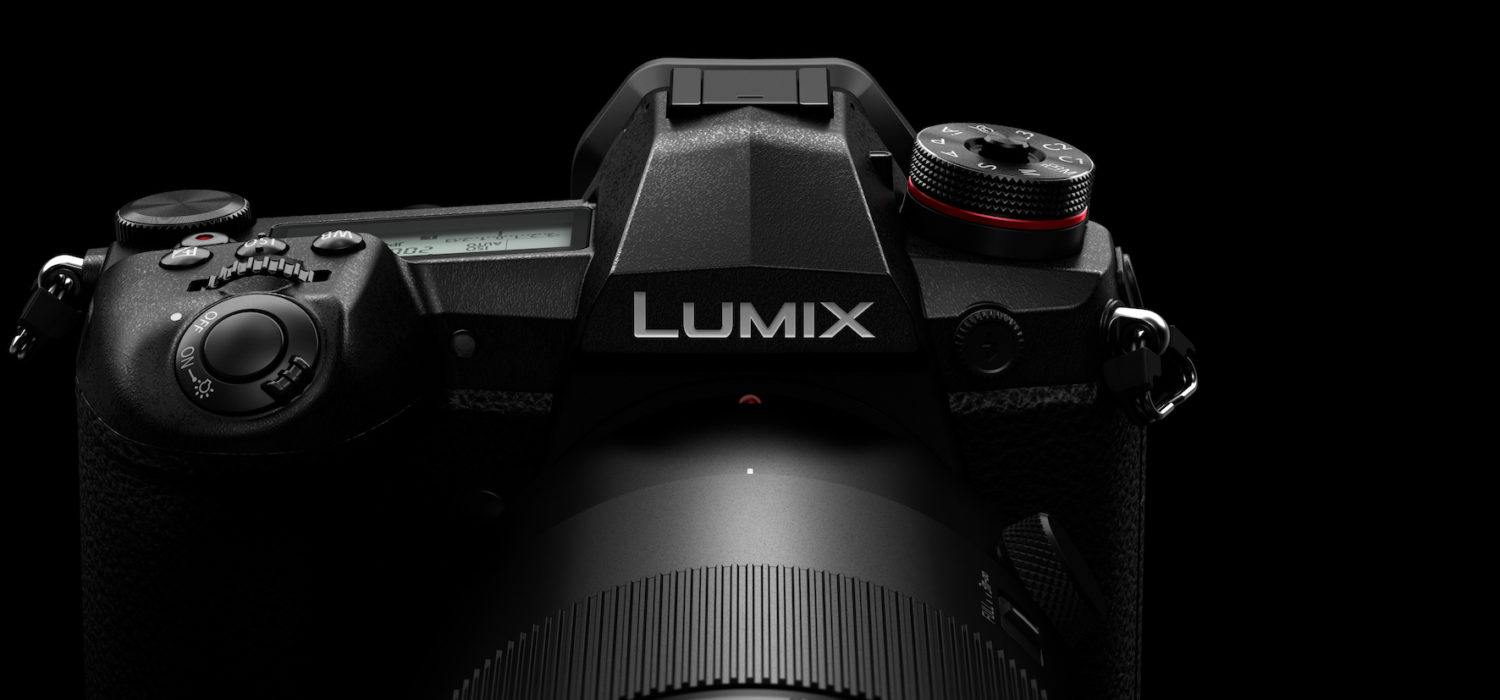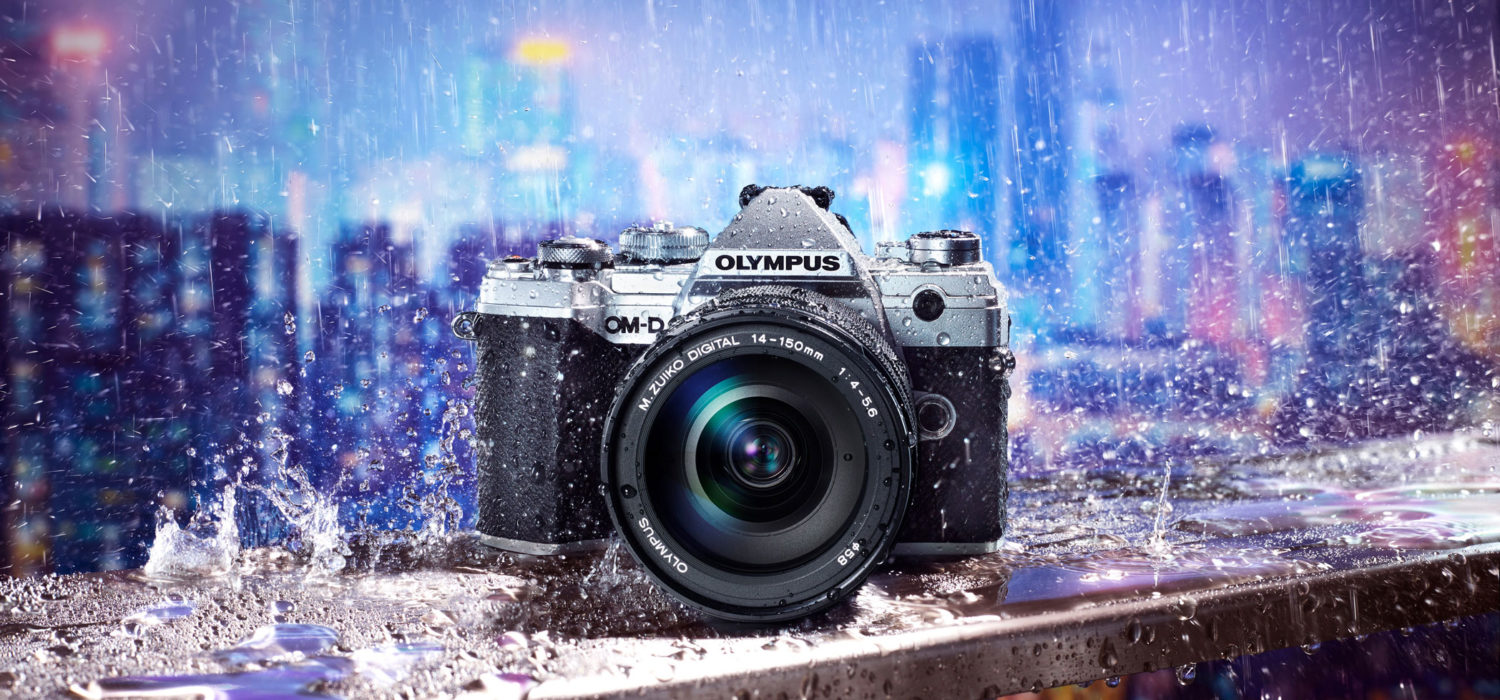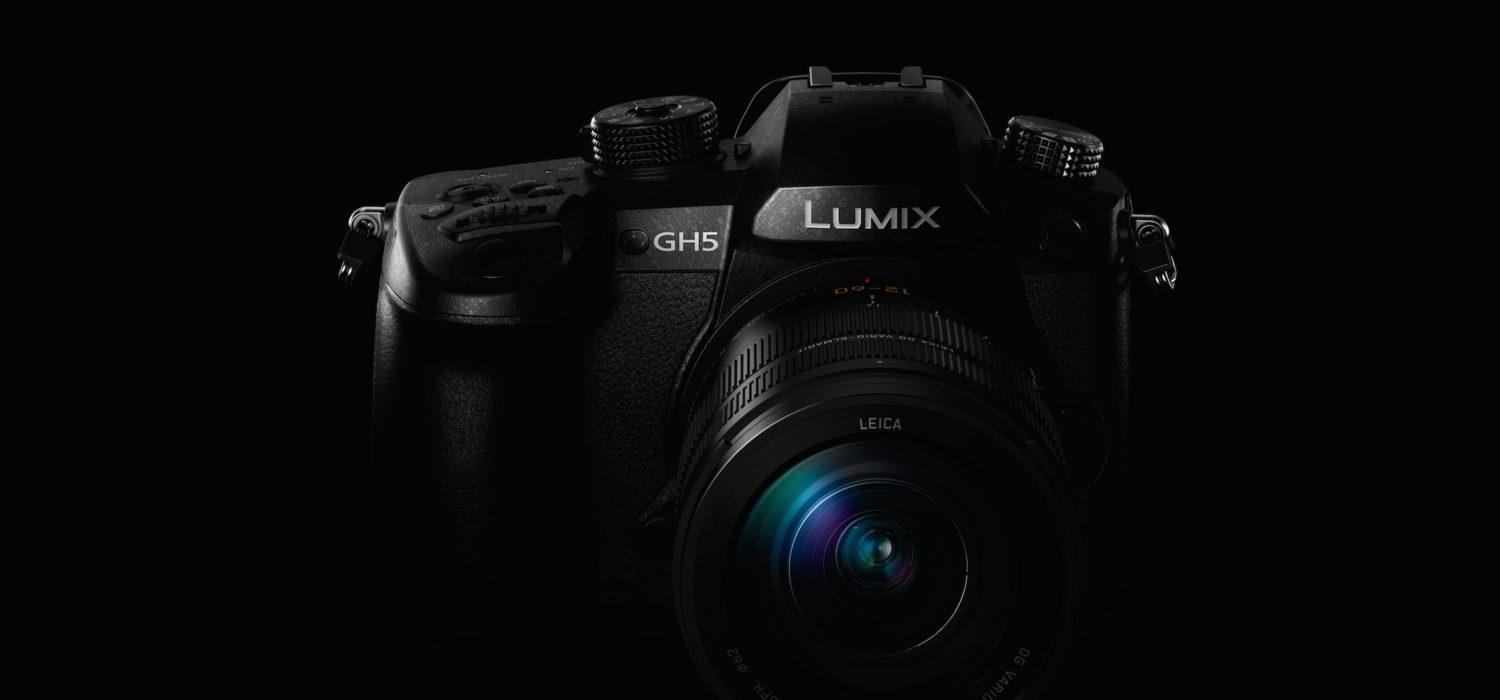MFT is the abbreviation for “Micro Four Thirds”. On the internet, the term MFT or M43 is often used in forums.
The name Micro Four Thirds or µFT according the SI-Präfix µ for „micro“ is used for both, the lens mount and the alliance of over 30 companies that are part of the MFT-system. Similar to the new L-Mount Alliance for fullframe cameras.
The MicroFourThirds standard was introduced in 2008 specifically for mirrorless interchangeable lens digital cameras, camcorders and lenses.
MicroFourThirds is the successor of the older “FourThirds” (introduced in 2003) lens mount designed for DSLRs. FT products are no longer in production.
MFT shares the original image sensor size and specification with the Four Thirds system. Unlike Four Thirds, the MFT system design specification does not provide space for a mirror box and a pentaprism, which facilitates smaller body and lens designs via the shorter flange focal distance of 19.25mm.
The MFT-throat diameter is about 38 mm, 6 mm less than that of the Four Thirds system. Electrically, MFT uses an 11-contact connector between lens and camera, adding to the nine contacts in the Four Thirds system design specification. Olympus claims full backward compatibility for many of its existing Four Thirds DSLR lenses on MFT bodies, using a purpose built adapter with both mechanical and electrical interfaces.[
Still-camera lenses produced by Canon, Leica, Minolta, Nikon, Pentax and Zeiss have all been successfully adapted for MFT use – as well as lenses produced for cinema, e.g., PL mount or C mount.
Currently Panasonic, Olympus, Blackmagic, DJI, JVC, Kodak, Sharp and Xiaomi are offering camera bodies for the MFT system.
MFT lenses are produced by Panasonic, Olympus, Cosina Voigtländer, DJI, Kowa, Kodak, Mitakon, Samyang, Sharp, Sigma, SLR Magic, Tamron, Tokina, Veydra, and Xiaomi, amongst others.
There are over 30 companies in the MFT-alliance. Each year more companies join this standard. More information about that here.
All lenses and cameras of the MFT-system are compatible with each other, no matter from which brand (for exceptions please ask in the Forum).
Thanks to this huge alliance the MFT-system has with around 69 native lenses by far the biggest lens selection of any camera-system out there. In contrast to other systems all MFT-lenses were developed specifically for digital cameras.
Technical Details
There are some good graphics with explanations on the Four-Thirds.org Website.
The much shorter flange focal distance enabled by the removal of the mirror allows normal and wide angle lenses to be significantly smaller because they do not have to use strongly retrofocal designs.
The Four Thirds sensor format used in MFT cameras is equivalent to a 2.0 crop factor when compared to a 35 mm film (full frame) camera.
This means that the field of view of an MFT lens is the same as a full frame lens with twice the focal length. For example, a 50 mm lens on a MFT body would have a field of view equivalent to a 100 mm lens on a full frame camera. For this reason, MFT lenses can be smaller and lighter because to achieve the equivalent 35 mm film camera field of view, the MFT focal length is much shorter.
For comparison, typical DSLR /MLU sensors, such as Canon’s APS-C sensors, have a crop factor of 1.6, Nikon DX system 1.5, Pentax and Fuji X mirrorless also 1.5.
Advantages of the MFT-system
The short flange distance, when combined with an adapter of proper depth, allows MFT bodies to use almost any lens ever made for a camera with a flange distance larger than 19.25mm. There are adapters available to put FT lenses on MFT bodies which use also all electronic contacts of the FT-DSLR lenses.
The MFT-mount facilitates smaller body and lens designs via the shorter flange focal distance of 19.25mm.
Until now, there is no other camera-system out there with as many lens choices. Around 69 different lenses so far. See the lens catalogue of 2020.
Depending on which combination of body & lens you pick, the MFT-system is able to offer very small, light and compact camera-lens choices, which are impossible with other systems.
If you are coming from Smartphone photography, you will appreciate this a lot. But also fullframe users switched to MFT because of size & weight and it just fits their needs regarding image quality and depth of field.
The Image quality of the smaller MFT sensor size is nowadays for most photographers “good enough” and beyond what they really need. So for most people, there is nothing to complain regarding noise, dynamic range etc. at higher ISO settings.
Of course bigger sensors are better in this regard, but can you see this in your output or viewig device? If yes, does it bother you? If yes, we are fine with that too 😉
Just switch to fullframe. Simple as that. Nothing wrong with that. But be prepared for a lot more bulk, weight and significant higher prices . “There is no free lunch” as they say… 🙂
If you decide for fullframe, you can use since 2019 also fullframe bodies of Leica, Panasonic and Sigma in the new L-Mount Alliance by the way.
If you have more questions, head over to our M43 User forum.







